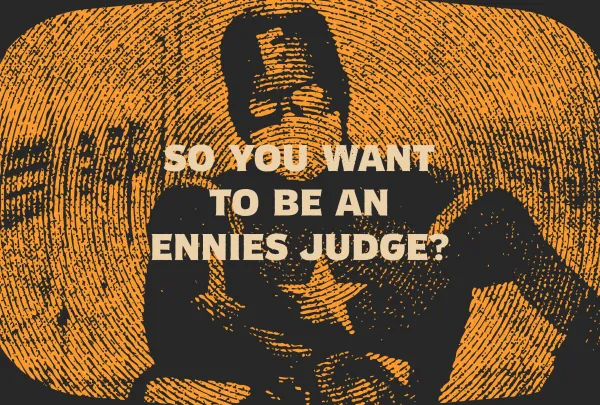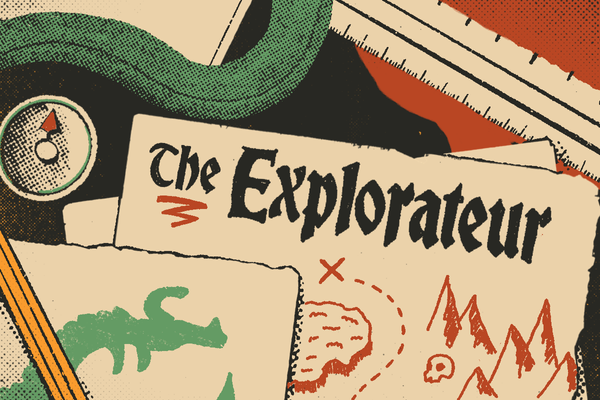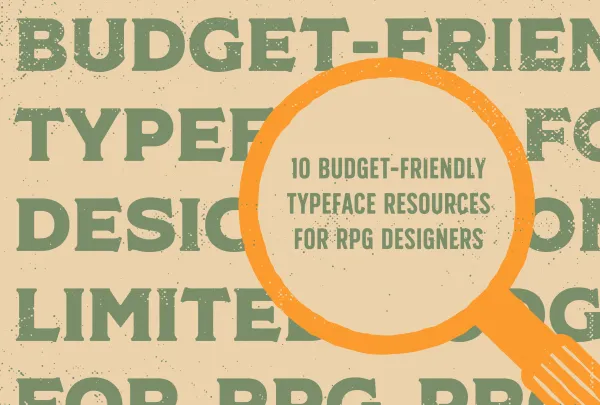Accessibility in Tabletop Design
What is accessible design? Why is it important? And how can we get more of it in tabletop game design?
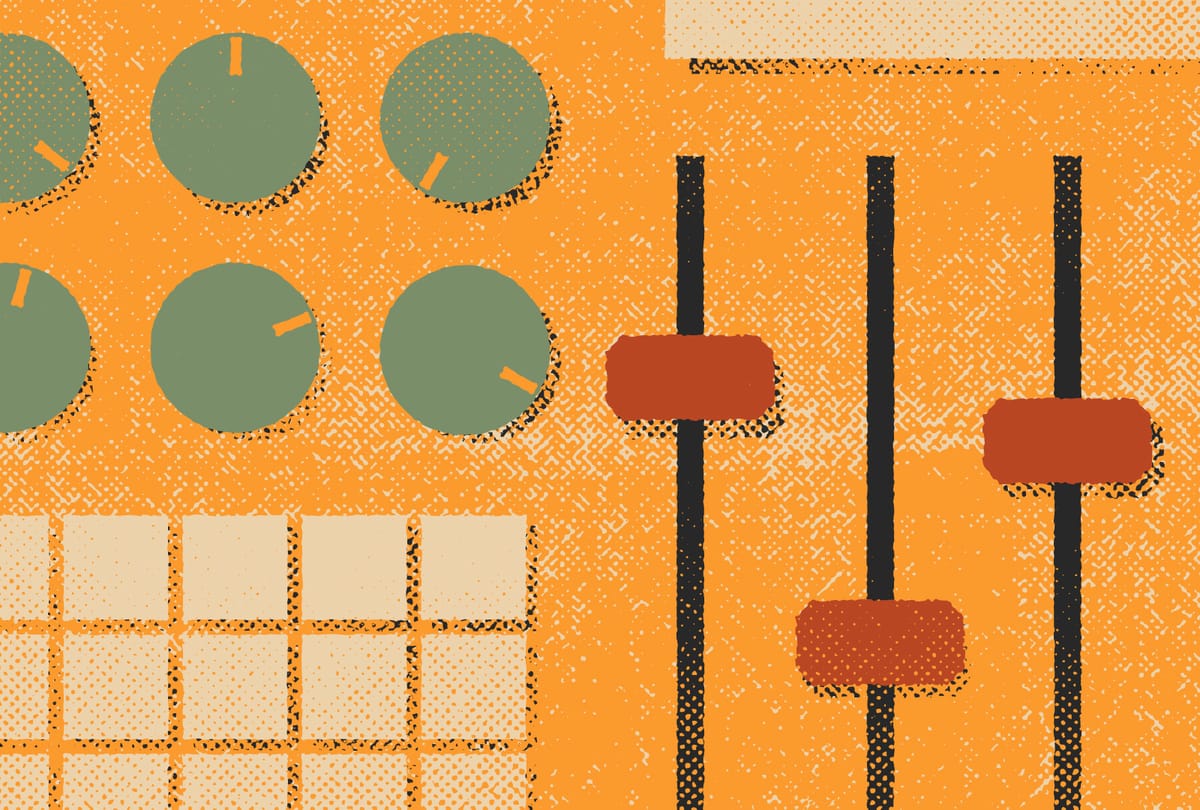
The more I've dived into game design, the more one particular kind of design has loomed overhead—accessibility design. Accessibility design is a user-centered approach to creating products, services, and environments that are usable by everyone, including people with disabilities.
Before we go any further, a few disclaimers. I'm not an expert. Despite self-educating, I've only scratched the surface of accessibility design (and how it intersects with game design). This article is meant to be part introduction and another part exploration—shared with other analog game designers.
As most of us know, accessibility is a massive conversation in our scene, and a key part of making it grow. In this article, I am going to attempt to answer three questions for Explorers Design. What is accessible design? Why is it important? And how can we get more of it in tabletop game design?
You might have noticed I used "people with disabilities" in the above definition. That is an example of people-first language. It's recommended in most books and guidelines. However, it's not the preference of most disabled people I know and talk to.
"Disabled people" is what some experts call disability-first language, but that negative connotation has changed and never been fully adopted by the larger community. For many, our disabilities are a key part of our identity, and it does not convey a negative connotation. This is called identity-first language, and it's the language we'll be using in this article going forward.
Untangling inclusive, accessible, and approachable.
Like many discussions in tabletop game design, we tend to talk past each other when it comes to inclusivity, accessibility, and approachability. Here's my working theory for why: we use the terms interchangeably even though they're different.
Here's are my personal working definitions:
Inclusive Design. The practice of making products, services, and experiences available and usable by people of all abilities and backgrounds. Factors include ability, age, location, economics, gender, race, language, education, and culture.
Inclusive design aims to remove barriers from marginalized groups and—perhaps most importantly—create a sense of belonging.1
Accessible Design. The practice of making products, services, and experiences available and usable by people of all abilities. Factors are more tightly focused on mobility, cognition, and perception.
Like inclusive design, accessible design also aims to remove barriers but in a more targeted and practical sense. It's less about belonging and more about functionality. In my head, accessible design is a part of inclusive design, but also is separately about usability.2
Approachable Design. Not to be confused with inclusive or accessible design. Approachability focuses on how easy and welcoming a product, service, or experience is for newcomers. While there is some overlap—it's important not to diminish accessibility or inclusivity by framing it as approachability.3
Three Accessibility Takeaways for Beginners
Accessibility is never finished.
You'll never run out of ways to make your game more accessible. And you'll always be falling short in some way. That's okay. Making your game more accessible is a moving target that's worth chasing. Start small and keep developing.
Related takeaways:
- Make the attempt. Your first attempt at making anything accessible will be imperfect. (But it will still be better than 98% of what other people are doing.)4
- Disregard any notions of completion. Perfectionism is the wrong approach. Insisting on being "complete" will only lead to failure, burn out, or worse—"Why even bother?"
- Include a diversity of perspectives. Disabled people cannot serve the needs of everyone with any disability. We have our own lens, unknowns, and expectations. Bring on different perspectives and never stop.
- Remember accessibility helps everyone. The impact of accessible design does not stop with any one group, most are beneficial to everyone. Audiobooks, closed captions, curb cuts, alt text, and sidewalk ramps are enjoyed by many.
- Prepare for criticism. Success means being open to criticism. Keep your head down, take the blows, and enjoy the work for the outcome, not the clout.
- Ask for feedback often. Prioritize asking in private or controlled spaces where you can have an ongoing conversation. Social media exposes you to many perspectives, but you'll need a dialogue to have prolonged success.
Accessibility is not universal.
Techniques that make your game accessible to one group, won't necessarily make them accessible to others. A game that is designed for someone with ADHD can be incomprehensible to other neurodivergent people. Even a condition like dyslexia can have multiple, counter-productive solutions depending on what kind of dyslexia it is.
Related takeaways:
- Consider versioning your game. The most accessible product is several products. A pdf, audio book, and picture-free text file are all ideal designs for different communities.
- Keep learning about assistive technology. Understanding how disabled people use assistive technology is essential for learning how to accommodate them.
- Invite other disabled people into the design process. Don't bring others on after the fact. Co-own the project. Other disabled people will spot failings and opportunities when it's easiest to implement.
- Ignore people who sell prescriptive or all-in-one solutions. They do not exist. Consider everything just one step in a more holistic, ongoing process.
Accessibility is empathetic.
Having a disability isn't atypical. Everyone will have a disability eventually. It's a human condition. Therefore, disabled people are not one of your audiences —they are your entire audience. Further more, technology, budget, and creative vision isn't a barrier to better accessibility—ableism and people who don't care are.
Related takeaways:
- Make accessibility a product release gate. It should be like the core mechanics, a cover, or the table of contents—if you don't have it, the game's unfinished.
- Think holistically. Good accessibility looks at the product. Great accessibility looks at the entire user experience. How do they find the game, set it up, and play it?
- Leave assumptions behind. People with congenital disabilities view their conditions differently from people who acquired them, even if the disability is similar. All this to say, even if you have the disability, you don't know it completely.
- Ignore the naysayers. People who reject change, want "the business case" for accessibility, need proof of its effectiveness, believe it will cut into development, or think it will only impact a small number of players, are people to keep out of the design process.
The future of accessibility in tabletop.
The vast majority of this article is adapted from Giving a Damn About Accessibility by Sheri Byrne-Haber, CPACC. Using that book and the work of several others in and outside of the tabletop industry, this post is meant to be a kind of work-in-progress commitment to accessibility in relation to the rest of Explorers Design's content. It's irresponsible to teach design without an overt perspective and commitment to accessibility design.
Analog game design is not the same as UX design, graphic design, or video games. There are studies on everything from legibility in type to the optimal size of buttons on websites—but there's not as much popular literature on hearing aids at game conventions, randomization for people who can't roll dice, or cognitive load in emergent fiction (check out the links below). Those compelling areas for growth have been the lifelong work of experts who largely work in obscurity, under the constraints of discrimination and platforms like Twitter which demand un-nuanced, short-term conversations for subjects that require nuance and a prolonged dialogue.
All of this to say, everything written here is built on the work of others inside and outside of our space. There is no such thing as complete or settled in accessibility. Despite its progress, our entire hobby has only skimmed the surface of what's possible, and it's exactly where these outside sources fall short, that I'm most interested in. What research am I oblivious to because I can't find it at my local library? What don't we know, that the game designers in the future will?
Please share your favorite books, blogs, and resources in the comments below. Bonus points if they're specifically about tabletop roleplaying games, board games, or emergent play. I know there's more out there—I just need help diving deeper.
Until next time, never stop exploring.
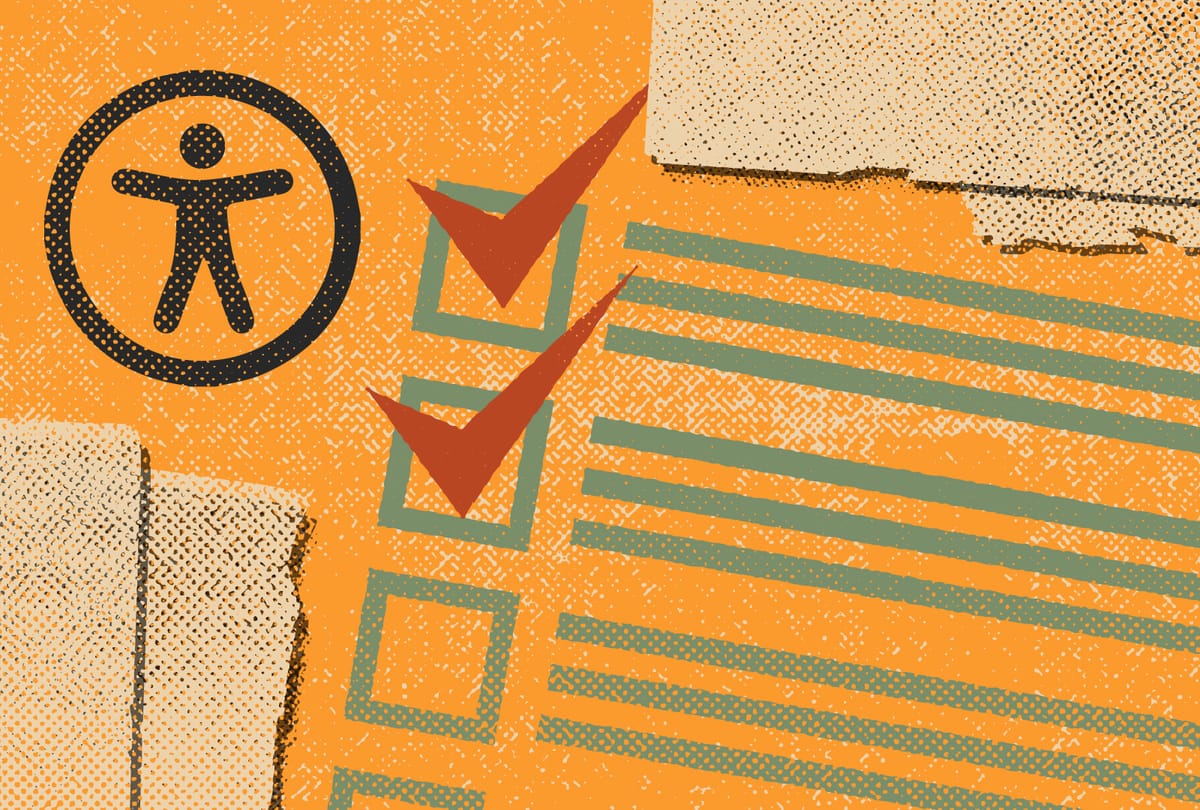
Books on accessibility design:
- Giving a Damn About Accessibility by Sheri Byrne-Haber, CPACC
- Mismatch: How Inclusion Shapes Design by Kat Holmes
- The Design of Everyday Things by Don Norman
- Don't Make Me Think by Steve Krug
- Fate Accessibility Toolkit by Elsa Sjunneson and others
Websites on accessibility design:
- Web Content Accessibility Guidelines (WCAG) 2.1
- Visual Accessibility Skills Toolkit by Brian Tyrrell and Yubi Coates
- Accessibility Resources on Autistic Self Advocacy Network
- Accessibility, Availability, and Approachability by Jeeyon Shim
- The Absence of Disabled Bodies in Larp on Nordic Larp
- Reimagining Disability in Role-Playing Games on Analog Game Studies
- Accessibility in Gaming Resource Guide by Jennifer Kretchmer
- University of Cambridge's Inclusive Design Toolkit
- Games with Great Design Lessons for Accessibility
Special thanks to BESW, Binary Star Games, Brian Tyrell, Sam Dunnewald, and Jeeyon Shim (who helped me edit this whole thing), along with the entire Explorers Design discord.
Explorers Design is a production of Clayton Notestine. If you liked this article, please consider liking, sharing, and subscribing. Members who pay just $5/month also get unlimited access to templates, tools, and resources.



